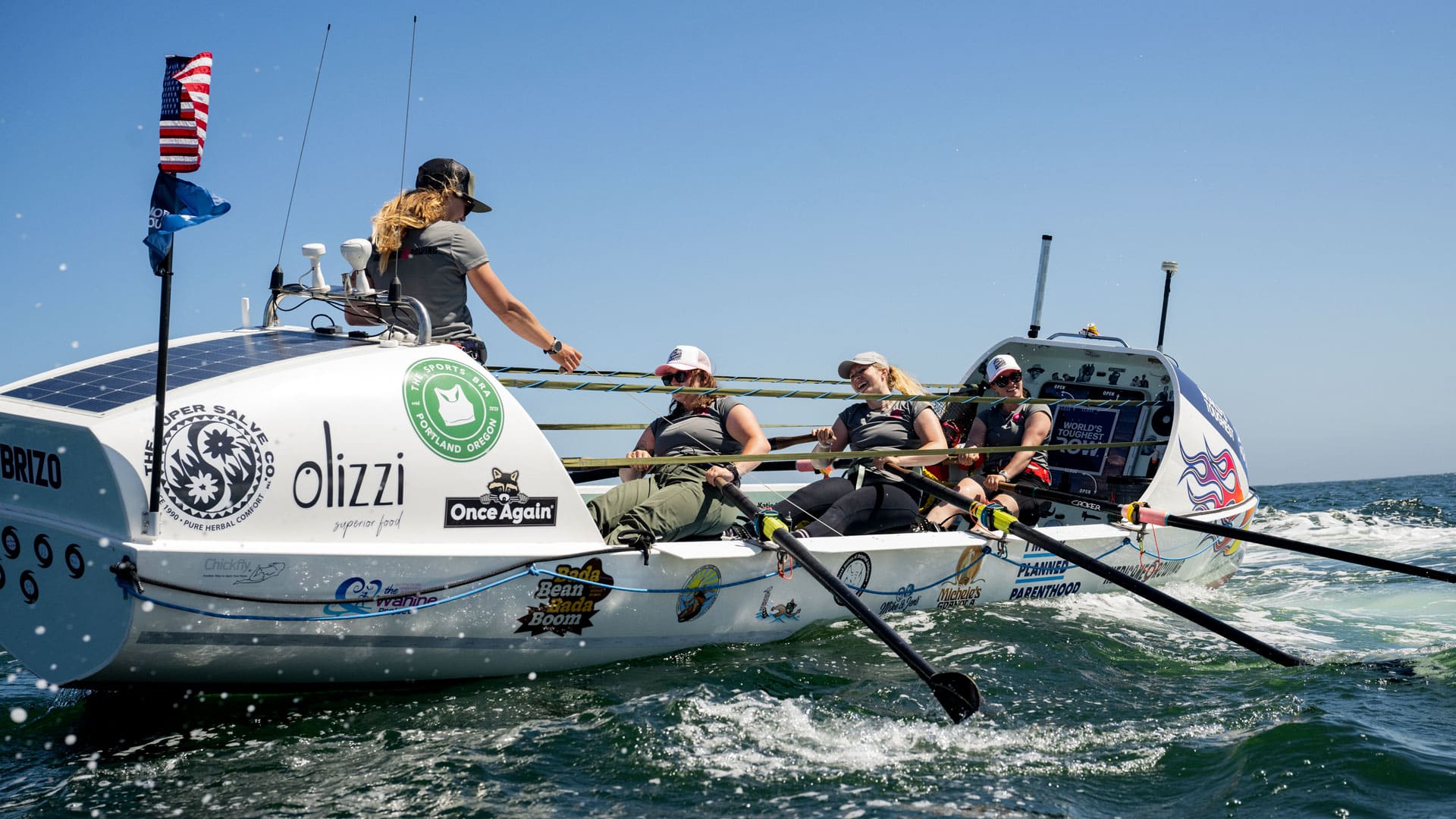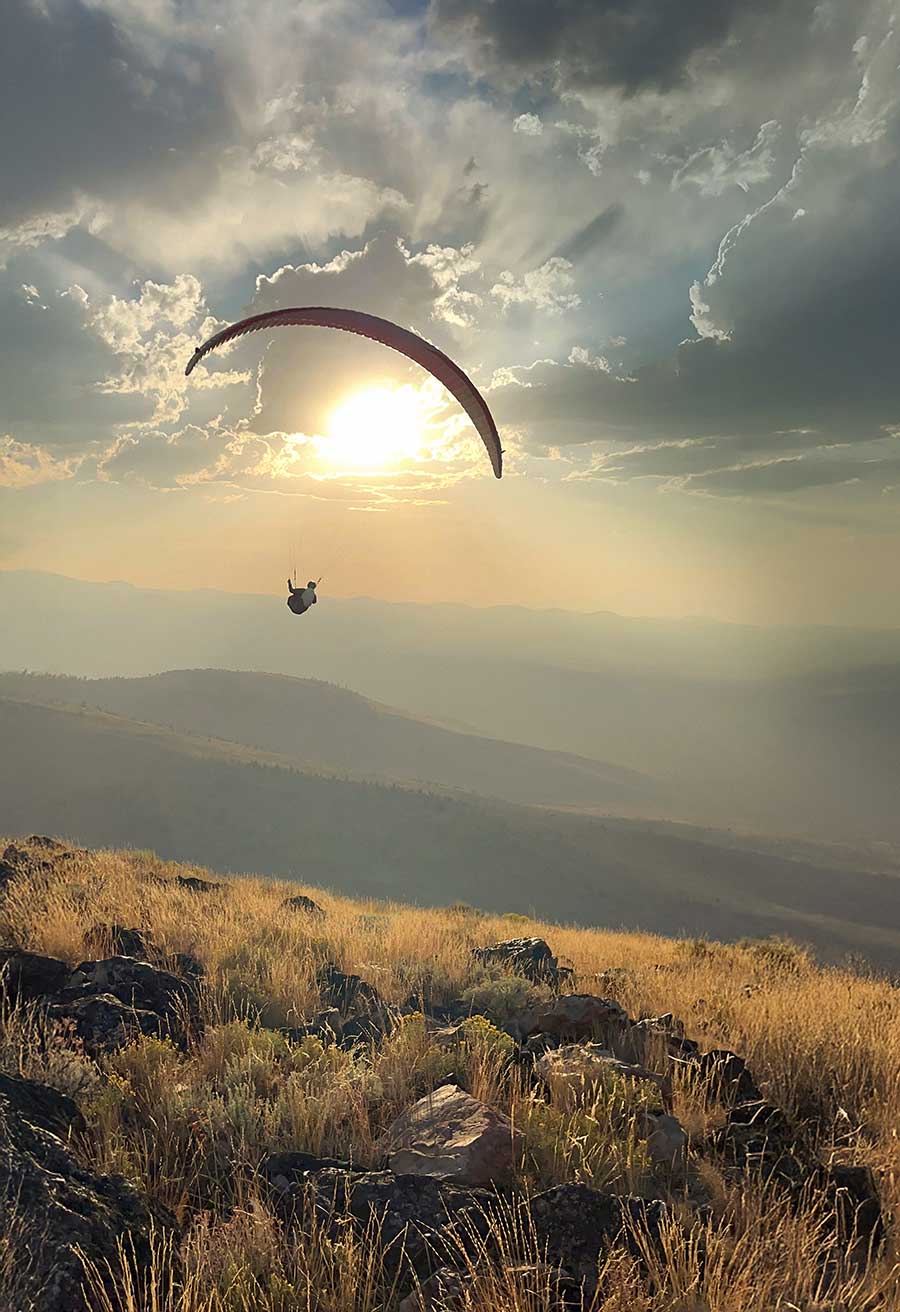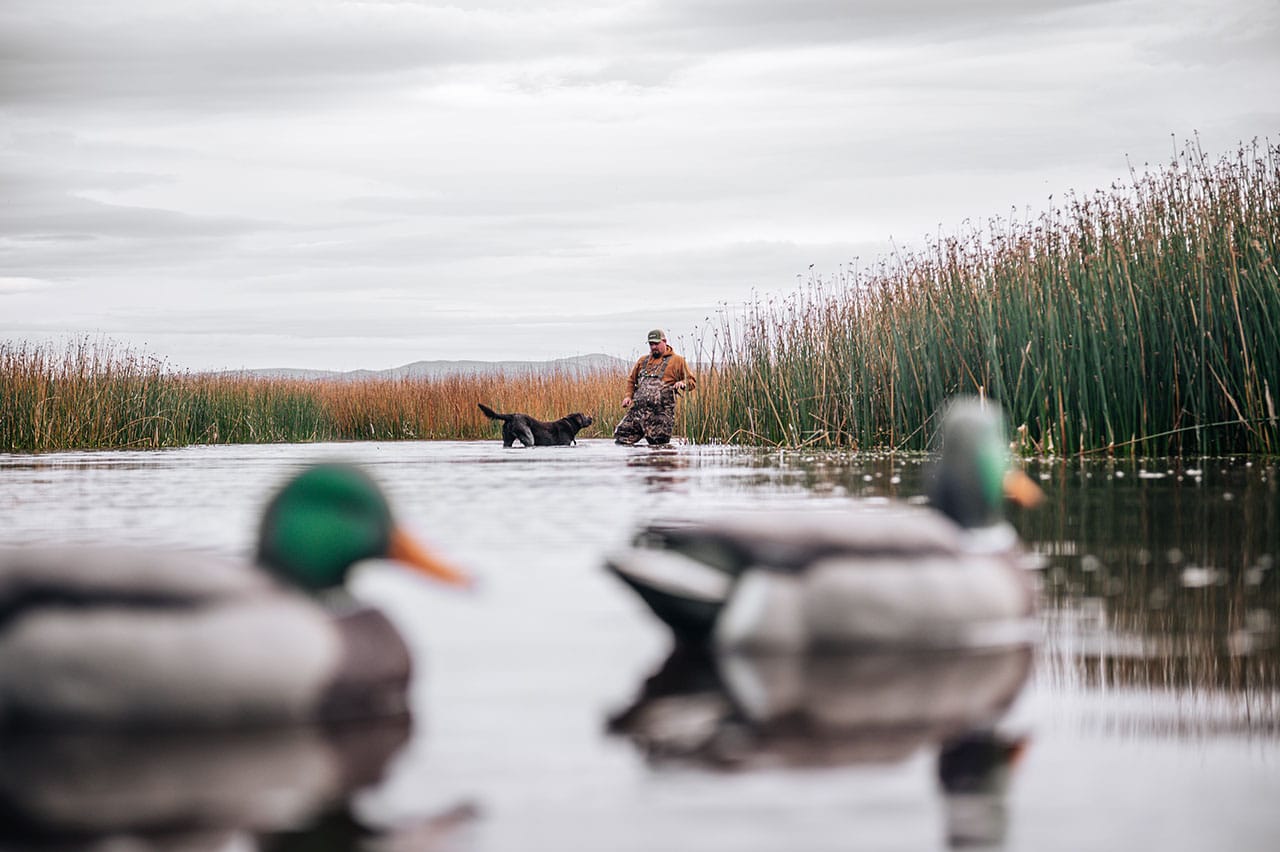Rowing for a Record
Last summer, humpback whales spouted and breached around Bend natives Jennifer and Kristen Hofer’s 28-foot skiff during the first two days of the World’s Toughest Row competition from Monterey Bay, California, to Hanalei Bay, Kaua’i. It wasn’t all whales and rainbows, though. On the eighth day, a 20-foot wave capsized their boat. Their self-righting vessel flipped back over, with the rowers strapped onto the boat with harnesses. All were safe.
It could be assumed that the Hofer sisters had immense experience navigating open ocean. However, they grew up in land-locked Central Oregon, graduated from Bend High School and had no experience in deep ocean waters before the race. Jennifer, 30, was on a rowing team at Pacific University in Forest Grove, Oregon; Kristen, 31, competed in outrigger canoe races when attending University of Hawaii at Hilo, but never away from coastal zones.
Despite growing up far from the ocean, their team, Hericane Rowing, finished the 2,800-mile race on July 19, 2024, in 40 days, 22 hours and 14 minutes, coming in sixth out of eight teams. Jennifer and Kristen became the first sisters to complete a mid-Pacific row together.
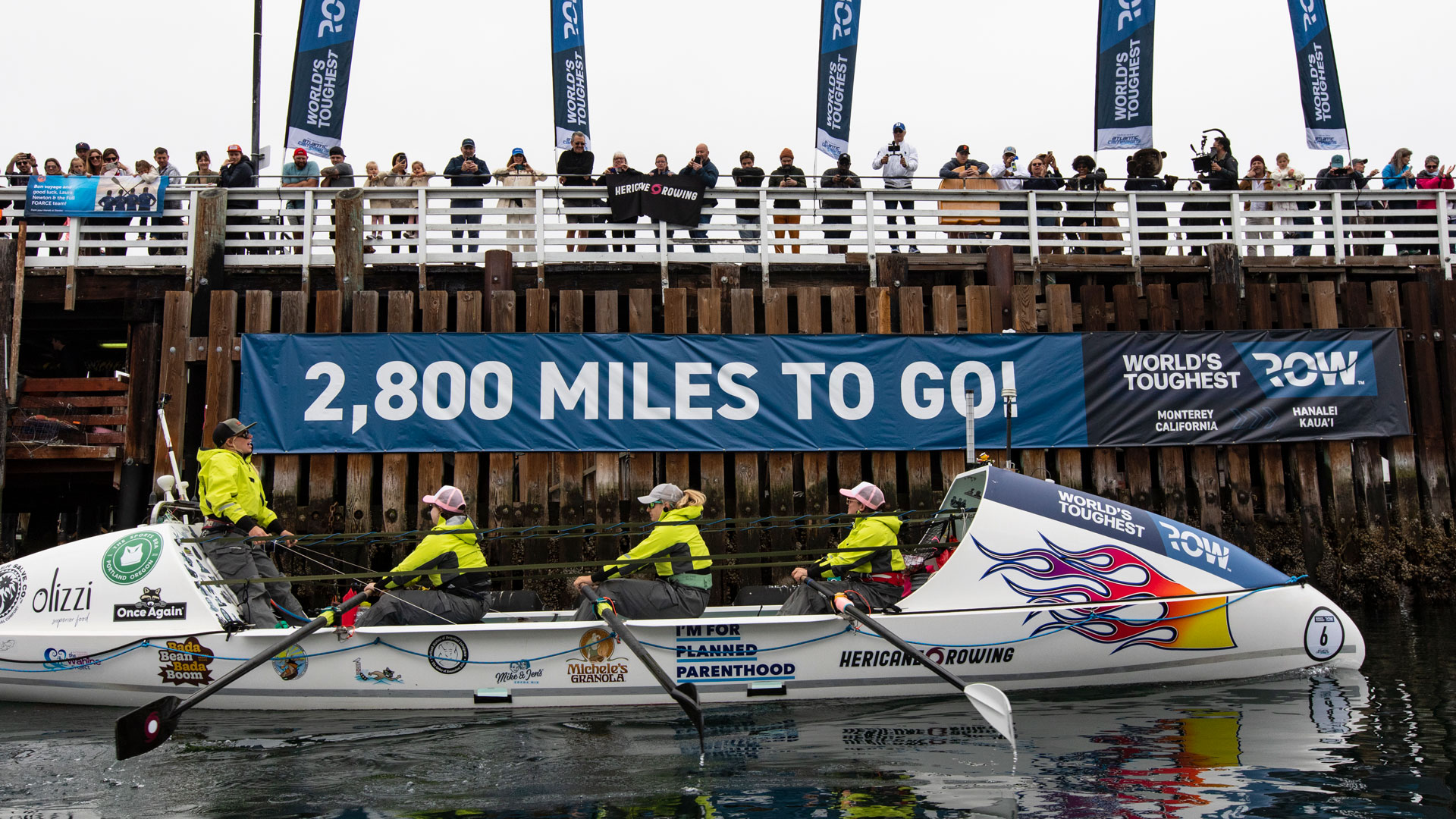
The Dream Begins
Jennifer was the first to get excited about the potential of racing. “In 2022, we watched the Lat 35 team break the women’s record crossing the Pacific,” said Jennifer, who quit her job as a data analyst in Portland to do the race. But she couldn’t do it alone. “I asked Kristen and Sierra Myers, my college rowing teammate, if I was crazy to consider doing this. They were both instantly interested. We connected to our skipper, Kelsey Pfender. through the race organization. She had the most open water experience.”
The women trained for two years, not just physically but also for sleep deprivation, stress and pressure. They prepared to row in teams of two—two hours on, two hours off. To go faster, sometimes the women did three-hour day shifts on the oars with 30-minute breaks.
“We averaged four hours of sleep per day across 40 days,” said Kristen, who is a rafting guide for Wanderlust Tours in Central Oregon. “We were so exhausted, we worried less about getting to sleep and more about going to sleep with unchewed goldfish in our mouths.”
Nighttime rowing was even more challenging. “Talking kept us from falling asleep at the oars, which sometimes happened,” said Jennifer. “Focusing on what a rowing partner needed helped distract us from our own struggles.”
Kristen added, “Talking at night, we learned everything about each other. Jenn and I really got to know each other as adults.”
Their two-hour breaks weren’t just for sleeping. They had chores. The women used a solar-powered desalinator for a limited amount of freshwater. Many times laundry meant a bucket of seawater and dish soap. They also concentrated on sunscreening, wound care, baby-wipe showering, teeth brushing, water boiling and, of course, eating.
“We had a bag of food each per day; our job was to eat a whole bag to get the calories we needed,” said Kristen, and Jennifer added: “Eating that amount of food was difficult because you had to sacrifice sleep to eat. You had to convince yourself to eat. People brought a surprise snack pack every 500 miles. One time, chocolate pudding changed our entire day.”
High points included an unexpected rest day when skipper Pfender was able to use the shape of the boat to sail, going faster than rowing. They paddled through a night of meteor showers and had a day being followed by a family of whales. They savored wearing shorts on the first sunny day and replaying the MP3 audio files from their family and friends.
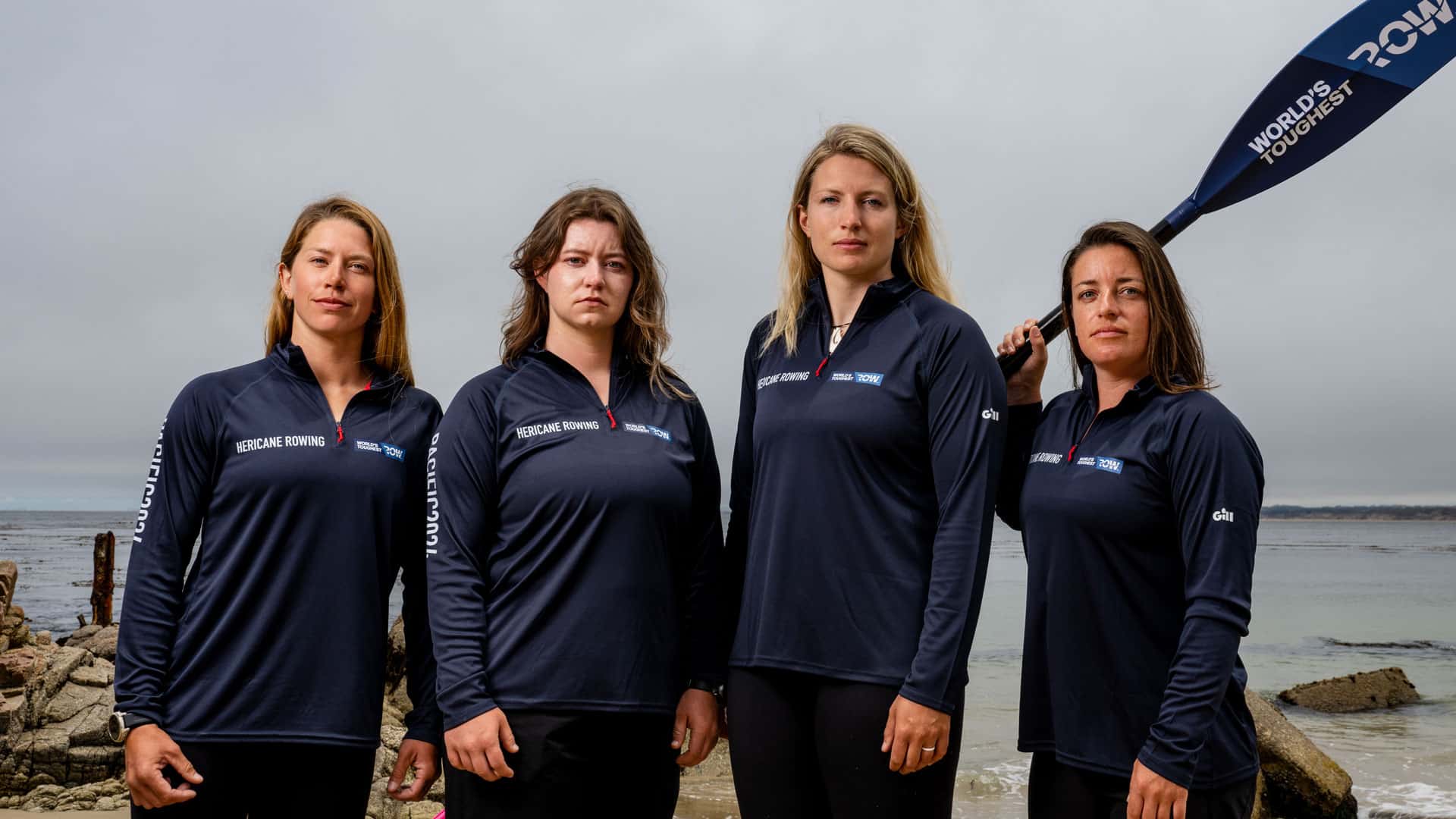
Challenges on Open Water
As for the scariest moment, it wasn’t capsizing. It wasn’t the shark that lurked under their boat. It wasn’t the pitch-black night when they could hear, but not see, humongous swells that had them wondering if these would be the waves that dumped them. It was the night they used a parachute-style anchor when a bad storm was shoving them the wrong way. Their satellite monitor’s alarm jolted them awake. They were on a collision course with a cargo ship—vessels that are huge, fast and can suck a boat under.
Their radio communication wasn’t answered. They had to act fast, pull anchor and row as if their lives depended on it.“In those make or break moments, we learned we could pull through and trust each other,” said Jennifer.
Around 4 a.m. on day 40, they neared Kaua’i and their cheering family and friends. “We saw their tiny light in the distance; it seemed to take forever for it to grow closer,” said Mary Hofer, the sisters’ mother who had her two daughters and a son (deployed in the navy) all on open ocean at the same time during the trip.
Crossing the Finish Line
“Seeing the finish celebration flares from the pier was a moment I’ll never forget,” said Mary. “Seeing their faces was the most wonderful feeling in the world. I couldn’t wait to get my arms around them. When the four of them walked to shore, holding each other up because they could barely stand, I felt so much pride in this team of amazing young women.”
The team drank cold bubbly water to celebrate, except none of them could open a can themselves. Their fingers were seized up. They struggled with a common rowing injury called claw hand that limits the ability to extend fingers, as well as atrophied walking muscles.
They quickly recovered, but were forever changed. “I think about who I was when I started training, then who I was on the starting line and end of the race,” said Kristen. “You learn you are stronger than you think you are—physically, emotionally and mentally.” Jennifer added, “Gaining confidence, pushing through fear—that translates to everything else in life.”

